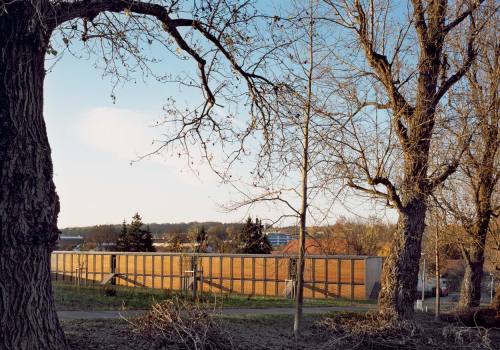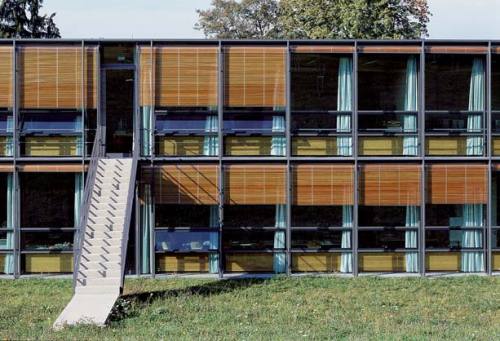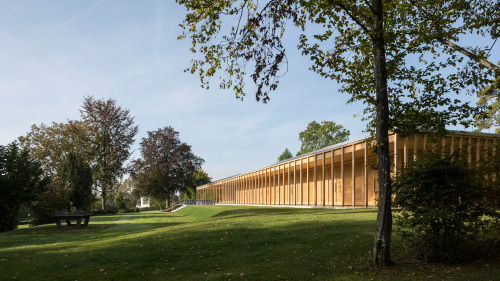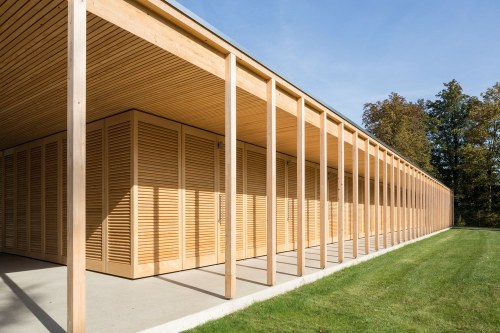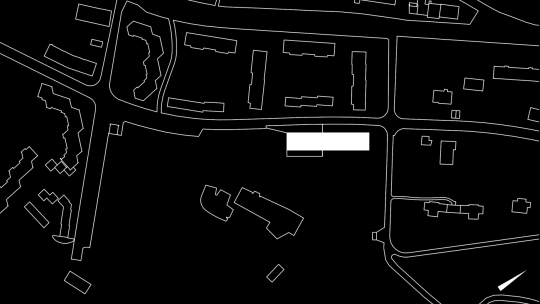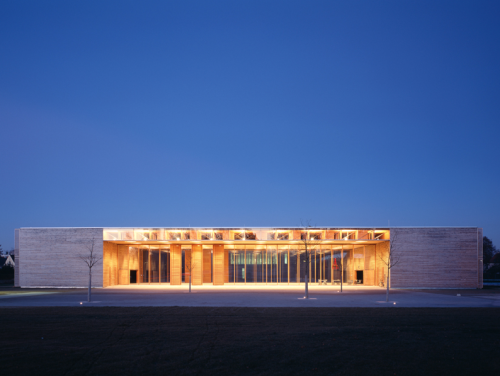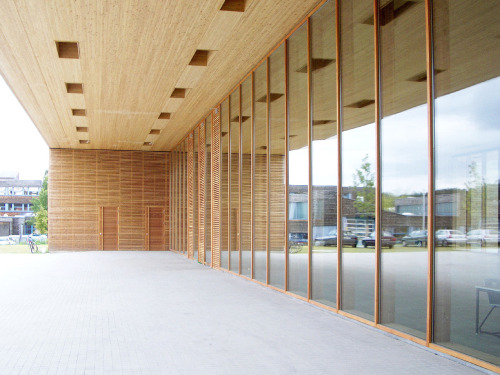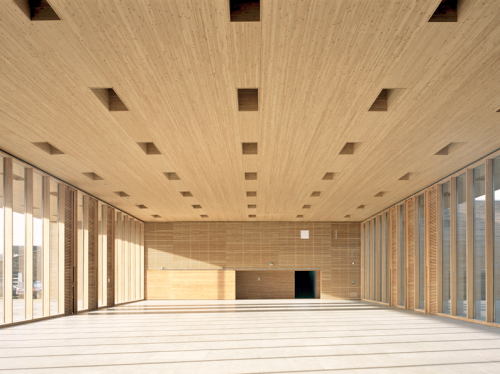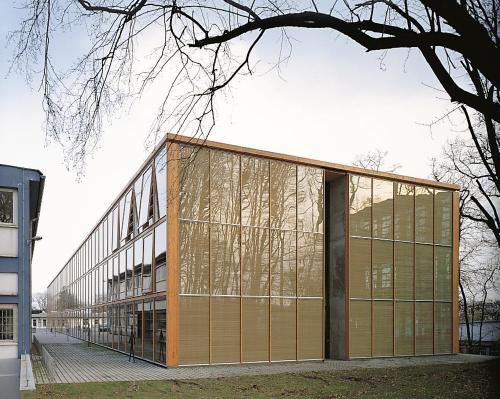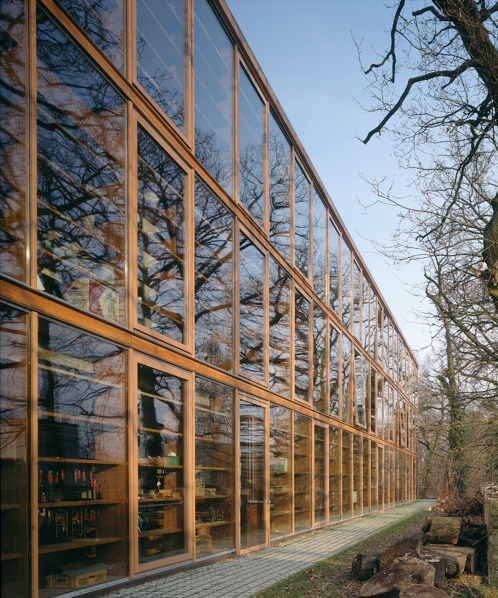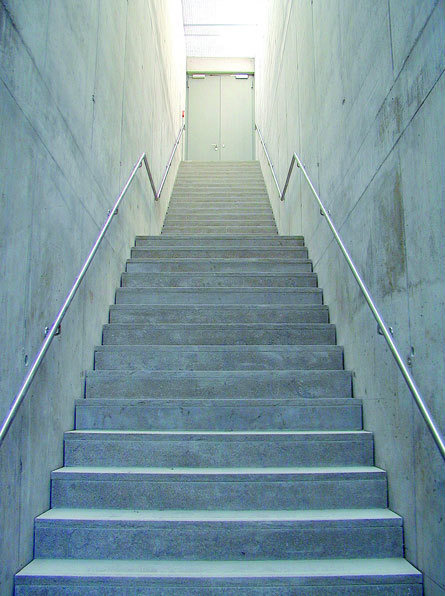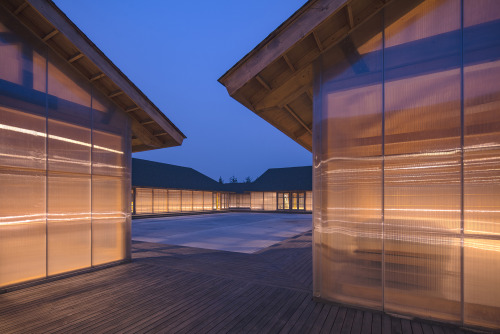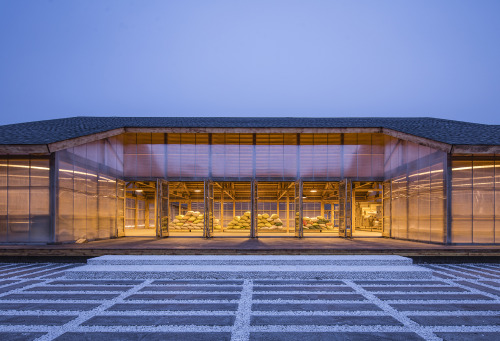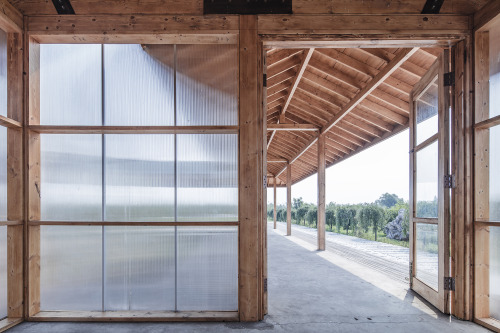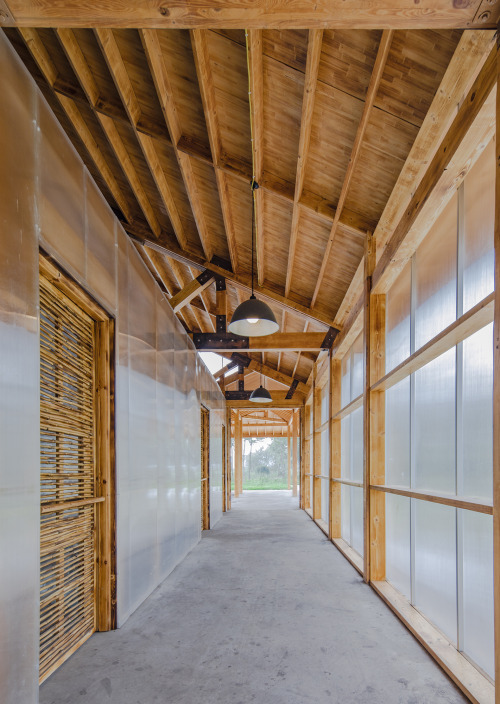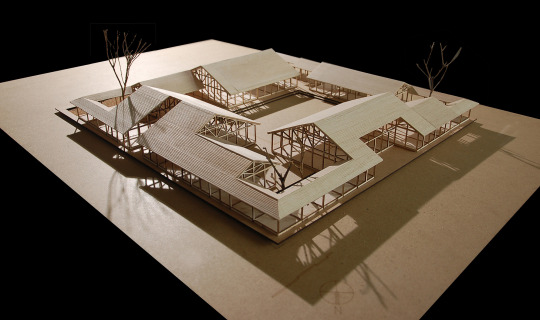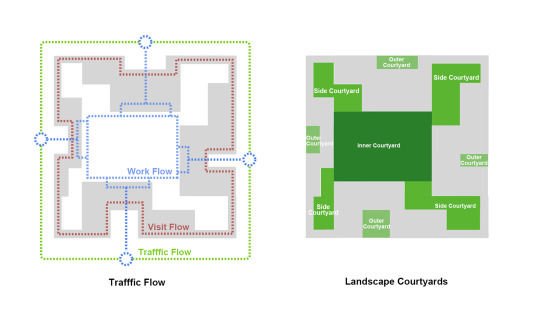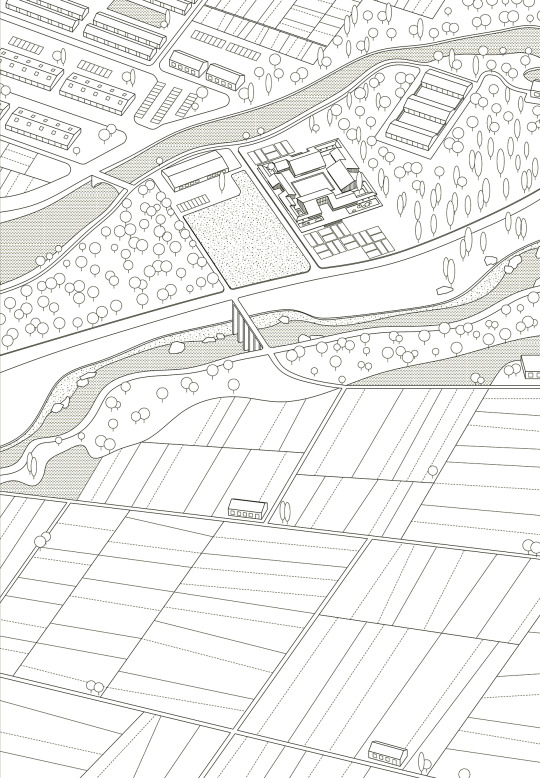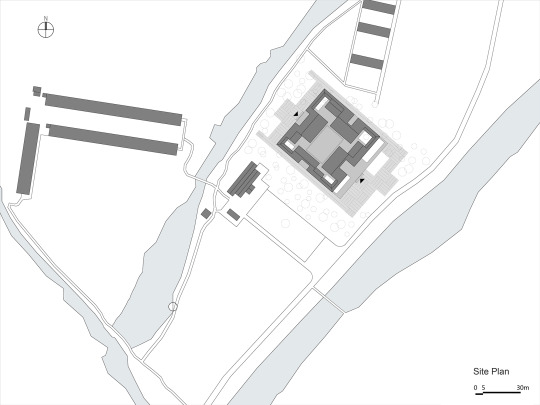

When we talk about diseases of civilization, there is perhaps no condition that is more emblematic of this concept than insulin resistance.
Normal glucose regulation is exquisitely orchestrated. When you eat food, that food is broken down into molecules of glucose, and that glucose goes into circulation to be transported throughout the body. Your pancreas detects the rise in blood sugar, and releases the hormone insulin to help shuttle glucose from the blood into cells, where it can be used for energy.
So, in a healthy individual, this is a fairly harmonious and smooth-running system. Blood sugar rises, insulin rises in parallel, blood sugar goes back down.
However, in the context of insulin resistance, cells throughout the body cease to respond efficiently to insulin. Consequently, cells fail to take up glucose from the blood, and circulating blood sugar remains high.
And unfortunately it is becoming ever more prevalent. Indeed, a recent study found that only 12% of Americans can be characterized as metabolically healthy. So, this is a problem that probably either affects you or someone that you know – or will in the foreseeable future.
So why exactly does this happen? The etiology of insulin resistance is mind-bogglingly complex, and frankly is still not fully understood. We do know, of course, that both diet and exercise play a crucial role. Changes in our dietary patterns as well as our physical activity patterns are a major reason why insulin resistance has become so much more common.
But researchers are gradually revealing some other factors that are key to insulin sensitivity, which are perhaps less obvious than nutrition and exercise. Importantly, some of these factors are also within our control.
And that brings me to our guest for today.
GUEST
In this episode of humanOS Radio, Dan speaks with Sander Kooijman. Sander is a post-doctoral researcher at Leiden University Medical Center, where he is investigating brown adipose tissue activation as a therapeutic target to attenuate obesity, type 2 diabetes, and atherosclerosis in humans.
He and his colleagues recently published a paper examining how light exposure and environmental temperature affect measures of glucose and lipid metabolism in two large population-based European cohorts.
It is well established that exposure to bright light at night is linked to metabolic perturbations. A number of studies have found positive associations between artificial light exposure in the evening and risk of type 2 diabetes. In particular, one experiment from Phyllis Zee’s lab at Northwestern showed that just a single night of blue light exposure during sleep increased insulin resistance in healthy adults.
But what about bright light during the day? Now that’s a different story altogether. Observational evidence suggests that light exposure – particularly sun exposure – may in fact be beneficial for glucose metabolism. For example, a cohort study found that participants who received a lot of sunlight exposure during the day had a 30% lower risk of developing type 2 diabetes, compared to those who didn’t get much sun.
In the study discussed on this show, the researchers collected data from a combined cohort of more than 10,000 healthy middle-aged subjects enrolled in the Oxford Biobank study (OBB) and the Netherlands Epidemiology of Obesity study (NEO). Participants in these studies have provided body composition measurements (weight, body mass index, body fat percentage) as well as bloodwork (fasting glucose, insulin, fasting lipid concentrations, insulin resistance, etc). However, these studies do not assess temperature or light exposure.
To capture the impact of these variables, Sander and his team very cleverly collected data on mean outdoor temperature and hours of bright sunlight (defined as global radiation >120 W/m2) from local weather stations. From this information, they were able to calculate mean outdoor temperature and bright sunlight duration during a 7-day and 30-day period before the date of blood sampling.
Sure enough, increased bright sunlight exposure was found to be associated with lower fasting insulin (−1.27% per extra hour of bright sunlight), lower triglyceride levels (−1.28%), and reduced insulin resistance (HOMA-IR; −1.36%).
Increased bright sunlight exposure (but not outdoor temperature) is associated with lower fasting insulin, increased insulin sensitivity, and lower blood triglycerides.
Click To Tweet
After adjustment for bright sunlight, there was no association between outdoor temperature and measures of glucose and lipid metabolism, suggesting that it was indeed the light that was responsible here. But why? What mechanisms mediate this relationship? To find out why Sander thinks bright sunlight might enhance cardiometabolic health, and more about his fascinating work, check out the podcast below!
LISTEN HERE
On Soundcloud | Spotify | Apple Podcasts | Google Play | Stitcher | iHeartRadio | Overcast.fm | YouTube
YOUTUBE
SUPPORT
Have you considered becoming a Pro member of humanOS.me? It costs just $9.99 per month, and when you go Pro, you get access to all our courses, tools, recipes, and workouts. Pro members also support our work on blogs and podcasts, so thanks!
LEAVE A REVIEW
If you think other people would benefit from listening to this show, you can help us spread the word by leaving a review at iTunes. Positive reviews really help raise the profile of our show!
TRANSCRIPT
| Sander Kooijman: | 00:00 | Before the visits to our clinical center, then insulin resistance was improved and we saw some lower triglycerides levels. |
| Dan Pardi: | Welcome back everybody. As you no doubt are aware insulin resistance is a growing problem in industrialized societies. What exactly is insulin resistance? Well, insulin is a hormone produced by the pancreas that helps glucose from the food we eat, or glucose that is made by the liver that makes its way into the bloodstream, insulin helps this blood glucose enter cells throughout the body where it can be used to make energy. So when blood glucose levels rise, insulin levels rise with it, helping to keep our blood sugar in a normal range. This is normally a smooth running system. However, in some individuals, cells cease to respond efficiently to insulin signal and fail to take up glucose from the blood. This is insulin resistance and it is becoming an evermore prevalent issue. | |
| 00:09 | About one in three adults in the United States has pre-diabetes, which of course is a disease largely defined by the ineffectiveness of the body in dealing with blood sugar. So why is this happening? The causes of insulin resistance are complex and not fully understood. But we do know that physical activity and diet, and by the way I use the term diet, I mean our dietary pattern, which not only includes the food that we eat, but when we are eating it and when we are not eating. In other words, day to day fasting periods. So these things exercise and diet play a crucial role to maintain insulin sensitivity of ourselves to the hormone insulin. But it’s clear that other factors are important as well. And one is light. We know of course that at night exposure to bright light, particularly blue light is linked to metabolic perturbations. | |
| A number of studies have found positive associations between artificial light exposure in the evening and risk for Type 2 diabetes. And one experiment by Phyllis Zee’s lab out of Northwestern and found that a single night of blue light during sleep increased insulin resistance. But what about bright light during the day? That’s an entirely different story. One cohort found that subjects who got a lot of sun exposure had 30% lower risk of developing type two diabetes compared with participants who did not get a lot of sun exposure during the day, suggesting that sunlight may somehow be beneficial for glucose metabolism. | ||
| Now take a moment and think about how much sunlight you’ve gotten on a daily basis in the last couple of weeks, but the reasons for this connection are hard to pin down. Furthermore, bright sunlight is often correlated with warmer environmental temperatures and the latter may also be a relevant factor in insulin sensitivity. My guest for this episode of humanOS radio is Sander Kooijman, a postdoctoral researcher at Leiden University Medical Center. He and his colleagues recently published a paper examining how bright sunlight and environmental temperature affects measures of glucose and liver metabolism in two population-based European cohorts. He is here to discuss these findings and the likely underlying mechanisms with us. So without further ado, welcome to the show, Sander. | ||
| Sander Kooijman: | Thank you very much. And great introduction, Dan. | |
| Dan Pardi: | Well thanks. So how does environmental temperature seem to affect insulin sensitivity and Type 2 diabetes risk? What was some of the research prior to you doing the study that made you think that there might be a connection? | |
| Sander Kooijman: | 02:48 | That’s not an easy question. You already highlighted some clinical intervention studies, but there are also some epidemiological studies. For example, one that was published at our lab already a couple of years ago, where we showed the diabetes incidents and glucose intolerance prevalence increases with higher outdoor temperature. It was basically a method regression and that assists in the role of comparing different countries, comparing diabetes incidence in different countries, but also looking in across the United States and also even within states, the authors could show that there was an increased diabetes incidents with higher outdoor temperature. And one of the reasons we told about this was around adipose tissue function. And we have two types of adipose tissue in the body, one is white adipose tissue, and that’s basically the one that makes you fat and it’s generally unhealthy. But we also have brown adipose tissue in our body and that produces heat, so it uses lipids and glucose to make heat. And that helps us to cope in cold situations. |
| Especially young children or babies do have a lot of brown fat, because of a relatively large body surface compared to their body weight. So they easily lose weight and they really need the brown adipose tissue to keep their temperature up. Adults also have brown fat and we’re not really sure how much it contributes to energy expenditure, if we can activate it, if we can then improve our metabolism, or if we can prevent insulin resistance. We have more and more clues that it at least helps. | ||
| Dan Pardi: | 02:51 | Right and it was probably only maybe 10 years ago that, to guess right there, but about 10 years where we started to realize that adults actually have more brown fat than we thought. |
| Sander Kooijman: | That’s true. Those were actually three papers published back to back, and two of them in the New England Journal of Medicine, showing that when you activate brown fat by cold exposure that’s pretty cold, so you have to cool people down between cooling blankets of four degrees. Only that is enough to really visualize brown fat activity using PET/CT scanning. | |
| Dan Pardi: | 03:04 | Let me ask you a clarifying question there. When you say four degrees Celsius and also lowered the temperature by four degrees or to four degrees. |
| Sander Kooijman: | Oh, sorry, it’s four degrees Celsius. Yes. I’m always forgetting that I’m in Europe when you guys are doing it differently. And it’s lowering the temperature to four degrees Celsius. So making it really cold. So making it four degrees Celsius. | |
| Dan Pardi: | That’s in the 30s for people that are thinking in Fahrenheit. | |
| Sander Kooijman: | 04:41 | I’m glad you’re here doing it. So that was back in 2009 and since then a lot of groups in the world are studying brown adipose tissue function [inaudible 00:05:52] and see if we can come up with a way to activate it. Because if you can activate, you can possibly lose weight, because you’re burning liquids into heat, but you can also improve your insulin resistance, because you’re also burning glucose into heat. |
| We’re now actually looking with many researchers to find strategies that activate your brown fast and one of them is called exposure. | ||
| Dan Pardi: | 04:51 | I did talk about brown fat once before and I just remembered it was with Mike West who is the CEO of AgeX, the publicly traded company that’s working on aging interventions. The conversation with him was mostly centered around pluripotent STEM cells, but one thing that they’re doing is creating a line of different tissues. The two that are most advanced are cardiac tissue and then the second one is brown fat. They would create it in a Petri dish, implant it into people and, just like you’re saying, it would be a way to then theoretically address diabetes by lowering blood glucose, address cardiovascular disease by taking triglycerides out of the blood, address obesity by helping to burn off excess energy, so really promising area. By what mechanisms was it thought that environmental temperature might actually affect glucose metabolism? |
| Sander Kooijman: | There are some data on heat shock proteins. If you expose people to heat instead of cold you will get an activation of heat shock proteins and it also improves your insulin sensitivity. There’s not a really clear answer of whether you should cool people down or warn people up. Both can have beneficial effects. | |
| Dan Pardi: | 05:14 | I’m excited about that type of intervention. I have a sauna. It’s a great way to get exercise, quote/unquote, if you’re not feeling like exercising on that day. That’s how I think of it. And if the effects of thermic conditioning or going into a sauna, at least in some areas that have been tested, are comparable to what we find with exercise training. So it’s exciting. |
| Sander Kooijman: | But my feeling is that short term heat exposures are pretty good for you. On the other side, so if you do short form cold exposures can activate your brown fat, but also what the paper just described basically shows that if you have long term exposure to slightly lower temperature, that that also needs some beneficial effects. | |
| Dan Pardi: | 05:21 | Less cold but longer exposures. |
| Sander Kooijman: | Yeah. | |
| Dan Pardi: | 05:37 | Well one fairly obvious problem with understanding the effects of outdoor temperature on health is that outer temperature is often correlated with outdoor sunlight. Your study sought to separate these effects. Can you describe the metabolic effects of bright sunlight? |
| Sander Kooijman: | What we did was taking two European cohorts. What we did is collecting the weather data from local weather stations. So this was in Oxford and here in Holland, in Leiden. We tried to correlate the daily weather conditions to the metabolic phenotype of people coming in. So these are big cohorts, so people were coming in all over the year. It was quite evenly distributed and then we checked whether any of the weather conditions correlated with their basal metabolic state. And what we found there was quite interesting. Sort of unexpected that there were no correlations with the outer temperature, but there were some associations with the hours of bright sunlight during the day and those were generally beneficial. If there was more bright sunlight during the week before the visit to our clinical center, then insulin resistance was improved and we saw some lower triglyceride levels, but all very marginal effects, I must say. | |
| Dan Pardi: | 05:41 | Parsing those effects, there could be a variety of things from exposure to sunlight. It could be vitamin D, it could be blue light, it could be UV light. How did you try to understand where the mediating effect was coming from? |
| Sander Kooijman: | Yeah, basically, in this study we couldn’t. Of course, we speculated about it and… My favorite, I pull the [inaudible 00:09:41] that weather is nice outside, so there’s bright sunlight outside, independent of the temperature, independent of the season people tend to go out easier, go to work, walking or cycling instead of taking the car. And that’s my favorite [inaudible 00:09:58]. But, of course, they may be some other biological mechanisms there as well. | |
| Dan Pardi: | So it could simply be from increased physical activity. The weather’s nice, it’s nice to get outside and instead of driving, you’re walking. | |
| Sander Kooijman: | 06:16 | Or the alternative is, which you described in the beginning, is that there’s a lot of bright sunlight during the day. That largely suppresses, among others, melatonin levels. So these melatonin levels help you sleep well during the night. So if you suppress them well during the day, they will be higher during the night and you’ll sleep a little bit better and thereby improve your overall circadian or your day-night rhythm. |
| Dan Pardi: | So bright light exposure coming into the eye in whatever form, whether it’s sunlight or maybe even having the right temperature and intensity lights inside will suppress melatonin rhythm further than if you’re in dim light for a lot of the day, which many of us are, and that will then lead to a more robust melatonin rhythm at night. And that could, whether it’s actually acting directly on beta cell function or just having some effect through sleep. That could be part of the reasons why we see increased insulin sensitivity in this population. | |
| Sander Kooijman: | 07:01 | That’s a brilliant summary. |
| Dan Pardi: | Do you think that vitamin D could be having an effect here? | |
| Sander Kooijman: | 07:19 | It’s a complicated one, and I don’t know too much about it, but the most recent studies showed, as long as you have sufficient vitamin D it does not contribute extra to your metabolism. |
| Dan Pardi: | Now that you’ve identified this, do you plan to take this research farther and do a followup study? | |
| Sander Kooijman: | 07:40 | We’re actually taking to a couple of approaches here. So one of them is go more into detail, so from these cohorts we also have detailed assessments of their metabolomics, so all the metabolites in their blood and measured them and we can also make these associations to get a clearer picture of what is going on. |
| The other approach we’re taking is actually related to the… Well, the reason we started these studies in the first place and that’s because I’m really interested in how rhythms can affect your metabolism and what happens in our, let’s say, current lifestyle where we’re continuously exposed to artificial lights, where we have to shift work. So what I tried to do with this study that we just published is basically to look for very subtle, naturally occurring rhythms. So we are looking at seasonal rhythms, or other temperature rhythms during the year and see if that’s already enough to modulate lipid metabolism and glucose metabolism and apparently they do already. So those very subtle changes already have quite a big impact on your insulin sensitivity. And I’m trying to take this more towards clinics. So what happens when you’re in a jet lag schedule, or what happens when you’re in a shift work protocol? How does that impact your metabolism? | ||
| Dan Pardi: | 07:59 | What are some other areas that you have investigated that might be having an impact on the activity of brown fat? |
| Sander Kooijman: | That’s an interesting one. Yes so we already talked about cold exposure. We also talked a bit about heat exposure. And I’m going to personally think if you do either exposure at the correct time, then you will also improve your sleep/wake cycle. You probably know that if you take a hot bath and evening, make you fall asleep afterwards much more easily. If you correctly timed the heat exposure, then you can possibly also activate your brown fat [inaudible 00:13:19] mechanism. But the other thing is it’s just cold exposure, so cold exposure is not a very nice way of therapy. I’ve done it a couple of times myself and I’m laying between these rather cool blankets and it’s really uncomfortable. So the approach we’re taking with that is timing with the day, the effectiveness of the cold exposure. | |
| Dan Pardi: | 08:01 | So you’re laying underneath this cold blanket that’s just under 40 degrees Fahrenheit or four degrees Celsius and you do it for how long and then what are the intervals that you’re testing? |
| Sander Kooijman: | Yeah, so we’re doing it for, on average, about two hours. And then what we’re measuring is, for example, energy expenditures or how much calories are you burning during this two hour cold exposure, because your body has to use and needs these calories to start producing heat by brown fat to keep your body warm. And so energy expenditure is a good proxy for at least thermogenesis in brown fat and maybe also other [inaudible 00:14:14]. And at the same time we are, of course, looking at the plasma for glucose and plasma for glyceride levels to see if they were changing and positively associated with this brown fat function of thermogenesis. | |
| Dan Pardi: | 08:02 | And the timing of that would, I would think, matter. I do take a cold shower every morning after I take a hot shower. So I take a hot shower, at the last 30 seconds, sometimes longer, I’ll do a cold shower. I would imagine that sympathetic activation might induce an increase in blood glucose temporarily, but does it also then increase brown fat activity, which would then be another mechanism to control blood glucose longer term. So is it a net healthy response in control of your blood sugar, even though if you were to measure, let’s say, 10 or 15 minutes afterwards, you might see blood sugar has gone up. That’s what I would guess. |
| Sander Kooijman: | Me too. | |
| Dan Pardi: | 08:17 | What else have you either looked at yourself or identified as being factors that might either increase brown fat or increase its activation? |
| Sander Kooijman: | Well, you just mentioned the sympathetic innervation. That’s really important. So cold exposure activates your brown fat through the sympathetic nervous system. So all the pharmacological strategies that mimic this sympathetic innervation are probably very effective. So there have been a couple of studies in humans already, but we need more studies to really determine which of the adrenergic receptors is involved, because it also determines how selectively we can activate brown fat, because these adrenergic receptors are also other tissues including the vasculature and the heart. Those are causing side effects that we don’t want there. And if we’re talking about metabolic disturbances such as obesity, basically it’s not good to have any side effects there. It’s not a life threatening disease. So basically no side effects are allowed here in this research area. | |
| Dan Pardi: | 09:21 | I would think that perhaps a light touch and being prevention minded versus treatment minded once a condition to started might even be a better approach here, but that’s always hard to treat something prior to it being present |
| Sander Kooijman: | And let’s say one more time, that the most effective way is just eating less and do sports. So move more. That’s the most effective way to lose weight or to keep your weight at a healthy level. | |
| Dan Pardi: | 09:33 | Thinking about eating less, you’ve done some work on butyrate and that reduces appetite and activates brown fat. And so what is the mechanism by which it’s doing that? For me, how do you eat less? You eat food that helps you eat less. That is one strong way to do it. There are some ways to limit over consumption, which also involves staying away from hyper palatable food that drives the excess of intake of calories just due to pleasure. But then can you eat foods that make you spontaneously less hungry across the day? Butyrate has shown to do that. Didn’t know that it was a brown fat activator. What mechanism is butyrate acting to increase brown fat activity? |
| Sander Kooijman: | What we think is happening is that the signaling, so that the gut is responding to the butyrate by producing hormones that are also released upon, for example, sugar intake, but this is probably a different composition of hormones or much stronger in pills. And those are signaling to the brain and then the brain responds by increasing the sympathetic outflow towards burning fat. | |
| Dan Pardi: | 10:03 | I see. What are some ways that you can increase butyrate? |
| Sander Kooijman: | I think you’re more the expert on that. | |
| Dan Pardi: | 10:10 | Well, I know a lot of fiber rich foods. If you have certain gut bacteria present, then some fiber rich foods when digested by bacteria can then convert into butyrate. That is one mechanism to increase butyrate production. We just tweeted about how a lot of products in the industrial food system are very high in propionate and that has seemingly an opposite effect as butyrate. So that does things to decrease insulin sensitivity and increase hunger. That might be one of the ways in which the modern diet is actually having a negative effect on both of these things that leads to diabetes and obesity. So kind of goes back to the classic rules of eat good foods, not processed, high fiber, lots of veggies. Yeah. |
| Sander Kooijman: | In the end it all comes down to that. | |
| Dan Pardi: | 10:36 | It’s always nice to find tricks or areas that we haven’t thought about before, because once you know some of these mechanisms it can reinforce the dietary guidance that you have heard before. |
| Sander Kooijman: | I also find it interesting is that all the regions in your brain that regulate food intake are also regulating energy expenditure at the same time. So you get always dual effect when you do something that stimulates your brain and causes satiety in your brain. | |
| Dan Pardi: | 11:06 | Those neural circuits that are involved in appetite, the other arm of them is effecting energy expenditure simultaneously. So these things are very tightly coordinated. |
| Sander Kooijman: | So the satiety effects are often coming together with changes in energy expenditure. And one of the things that I find really interesting are these duo agonists. So one of them is GLP-1 coupled to GIP. It reduces food intake and [inaudible 00:19:09] energy expenditure. And what we’ve shown already a couple of years ago is that GLP-1 activates your brown fat, or at least in mice it does. And GLP-1 is also one of the hormones that’s probably involved in the beneficial effects of butyrate. So it all comes together again. | |
| Dan Pardi: | 11:08 | So just to then summarize what we had talked about, what were the main findings of your work? |
| Sander Kooijman: | The things we’ve shown is that there are rhythms in metabolism. In the paper we just published, you showed that seasonal rhythms or actually rhythms or more like. Changes in the environment such as bright light exposure already impact your metabolism quite extensively. Where we’re heading to is the more obscure metabolic disturbances such as during shift for work and also in the aging populations, who also has lower rhythmic activity during the day. And we talked about brown fat. So brown fat is super rhythmic. We can use this rhythm to ultimately activate brown fat. And there are also other strategies, sort of pharmacological strategies to activate brown fat. I think that’s a summary of what we discussed. | |
| Dan Pardi: | 11:12 | Nicely done, Sander. Thanks for coming onto the show. Appreciate your time and your work. |
| Sander Kooijman: | Thank you very much and thanks for having me. |
The post Seasonal Changes, Sunlight, and Metabolic Health. Podcast with Dr. Sander Kooijman appeared first on humanOS.me.

